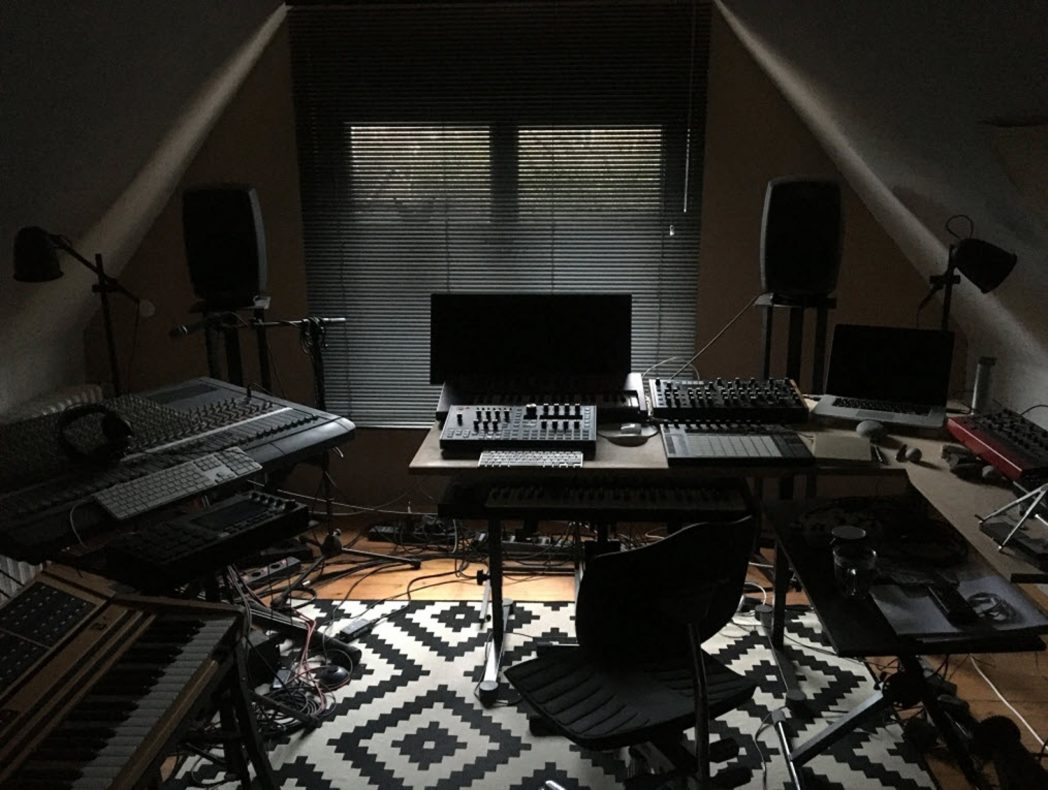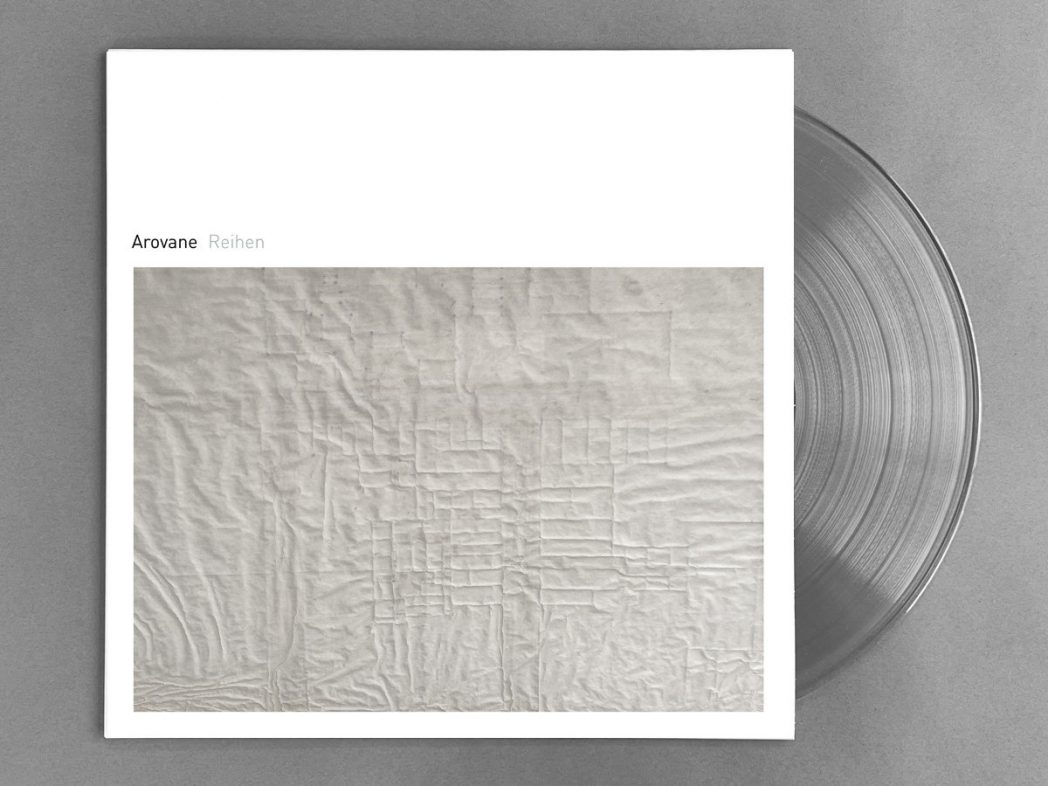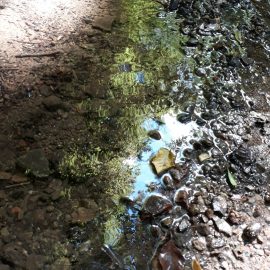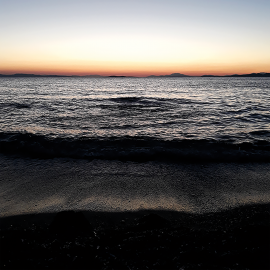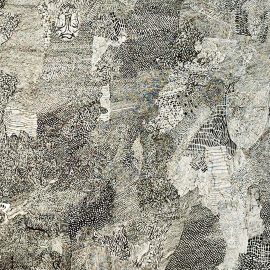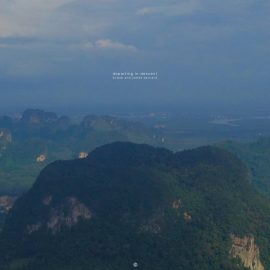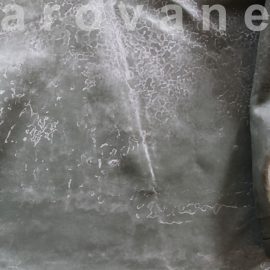Interview by Joachim Spieth.
Republished on Headphone Commute with permission from the author.
I became aware of Arovane at the end of the 90s. At the time it was his remix for Pub’s ‘Summer’ which still impresses me today. Also in connection with the Berlin Hardwax localized label, DIN, Arovane appeared with some releases. And everything that came out of the Hardwax in-house labels at that time was absorbed with relish and integrated into my own collection. Some years later I became aware of Uwe Zahn again and noticed how diverse his work has developed. Besides a discography of over 20 albums, I came across some of his projects in the field of sound design for Ableton, Native Instruments, and Arturia, among others. Fortunately, a personal contact arose between us, so that I could address some of my questions to him.
— Joachim Spieth
You have been a music producer for several decades. At what point did you notice that you don’t just want to compose music but also want to influence the “ingredients” for it?
After a longer break, the point was reached to focus more on sound design. Although, for me, sound design has always been closely linked to the compositional process. It is currently a two-way process. on the one hand, my experiences in the field of sound design influence my music, on the other hand, my music inspires me to try out certain things in this field. I try to keep these two areas consistent, not to draw any boundaries between them. I made the decision to offer my sound design commercially, for example, as synthesizer presets, in 2013. From that point on, I built up my network of worldwide partners, such as Native Instruments, Ableton and Arturia.
How would you currently characterize your time management? How much time do you spend on your own productions compared to working on sound design for hardware/ software manufacturers?
Most of the time, I get requests from companies to create a certain amount of presets for a certain instrument in a certain period of time. So I can’t say exactly how much time I spend on sound design per day. Usually, I start my day in the studio at 9 am and then work for a few hours, broken up by a lunch break. I then continue to work until around 6 or 7 p.m., maximum until 8 p.m. these times include the studio work for my projects as well as certain jobs. It always depends on how extensive a customer project is and what the deadline is.
Would you describe your sound design work as free, or are the specifications of the client mostly kept rather strict? How much can you integrate your musical preferences into this work?
The preset creations for the Arovane sound shop are ideas that I have carried around with me for a long time. These can be specific topics that I focus on, such as “very noisy sounds” or a set with “clean digital sounds”. It always depends very much on what hardware or software I’m working with. A new synthesizer whose special characteristics inspire me can also give the impetus for a sound set. The motivation to create certain sounds can also be a musical project that I’m working on at the moment. So there are very different ways and approaches to my work. Customer orders, on the other hand, usually have a relatively narrow framework regarding the sounds or presets. I have to adhere to special guidelines here. They can be of a technical nature or also tonally. But of course, I bring my own experiences, which I have had over the years, into the creative process of sound design.

How can you imagine the production process for “Spectral Textures” (available from Ableton)? Was there a specification based on Ableton, or was the conception made by you? How long did this project last?
The idea for Spectral Textures was mine. I had several chats with Christian Kleine, who has been with Ableton for a very long time. He liked my idea very much, and soon I was in conversations with different people at Ableton to implement the project. Field recordings were the starting point for the sound pack, combined with additive sound sources. The work on this project was very intensive and lasted a month. The field recordings had to be edited and integrated into the Ableton live working environment. For every instrument I created, macros had to be tied to specific aspects of the sound. There is a lot of work in this sound pack, but it was worth it, in my opinion.
Can you explain the general setup you use for performing live? What changed regarding the workflow of your older performances?
Originally I wanted to build my live gig modularly, i.e. use a small sampler, a synthesizer and various stomp boxes. But that was logistically too complex. I couldn’t transport all of that on the plane, in my hand luggage. So I decided to use a combination of laptop and controller (Push2) for the gig. But for future concerts, I will take the set that I mentioned above. This is a new way of presenting my music on stage. Much more spontaneous and open due to fewer instruments and effects without the computer. Focused on looping, field recordings, integrating contact microphones and so on. I’m considering including acoustic instruments as well.
In November 2021, your new album “Reihen” appeared on the 12k label. How did the connection to Taylor happen, and where do you see a difference between older albums you produced?
Taylor did the mastering for the two productions “Gestalt” and “Wirkung” on Puremagnetik. I asked him if he was interested in releasing an album of mine on 12k. We sent a few playlists back and forth, and soon the idea of ”Reihen” came up. I see the album “Reihen” more as a further development of “Gestalt” and “Wirkung”. A series of albums related to each other. These three albums are very different from the productions of the past years. There are no beats, no time grid, and no quantization. They were created in a compositional process. The layers of sound are arranged in a timeline. The tracks are often very simple. Often they consist of a synthesizer sound that carries a melody combined with field recordings or processed sound layers.
You lived in Berlin for quite a while. When did you move to Halle? What does a typical day in your life look like?
I have been living here in my house on the river Saale for almost four years now. I moved away from Berlin in 2018. Life here is rather quiet in a village with 400 residents. It’s not very busy here. People are very relaxed. No one rushes around like in Berlin. I really enjoy that about country life. A typical day here: working in the studio, walking in the forest or along the river Saale. I enjoy nature very much. I always have my mobile recorder with me!
Stay tuned for an upcoming new album from Arovane, titled Miniaturen, out on Puremagnetik on April 14th, 2023.
